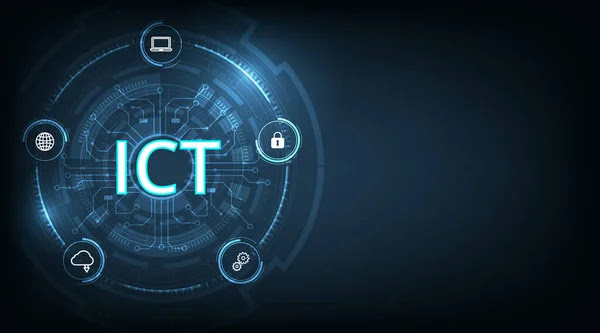Incorporating Artificial Intelligence in Education: A Comprehensive Exploration of Pros, Cons, and Effective Strategies
The infusion of Artificial Intelligence (AI) into educational settings holds the promise of transforming the learning experience for both students and teachers. This article delves into the potential benefits of integrating AI into classrooms, the challenges educators may encounter, and optimal practices for seamless implementation. Recognizing AI as an increasingly influential force in our lives, particularly in education, opens up avenues for personalized learning experiences and enhanced teaching methods. However, amidst these advantages, challenges such as technical expertise, resource constraints, and ethical considerations must be navigated to fully realize the potential of AI in education.
Unlocking the Potential: How AI Enhances Learning
One of the primary advantages of incorporating AI in education is the ability to tailor learning experiences to individual students. AI algorithms analyze student data, adjusting to unique learning styles and providing personalized feedback, ultimately fostering engagement and boosting academic performance. Additionally, integrating AI into the curriculum offers an opportunity to deepen students' understanding of this evolving technology, preparing them for the digital challenges and opportunities ahead. Beyond academic benefits, students also gain crucial 21st-century skills, including problem-solving and critical thinking, through hands-on experience with AI applications.
Overcoming Challenges: The Roadblocks to AI Integration
Despite the promising advantages, educators face significant challenges when introducing AI into the classroom. The foremost hurdle is the need for technical expertise, with teachers requiring support and training to seamlessly integrate AI tools into their teaching methodologies. Financial constraints present another challenge, as schools may struggle to acquire and maintain the necessary AI technology. Ethical concerns, particularly related to privacy and job market implications, also loom large and necessitate careful consideration and management by educators.
Guiding Principles: Best Practices for Successful AI Integration
Effective incorporation of AI into the classroom demands adherence to best practices. Partnering with a reliable AI provider, whether a technology company, university, or non-profit organization specializing in AI education, can offer essential support, training, and guidance. Starting small and gradually expanding AI integration allows teachers to build confidence and refine their practices. Encouraging ethical and critical thinking becomes paramount, fostering a mindset where students consider the ethical implications of AI and its broader societal impact.
Conclusion: Navigating the Future of Education with AI
In conclusion, the integration of Artificial Intelligence into education presents a unique opportunity for transformative learning experiences. While AI has the potential to enhance engagement and critical thinking skills, educators must navigate challenges such as data privacy, ethical considerations, and disparities in access to technology. By following best practices and fostering a thoughtful approach, the educational landscape can harness the benefits of AI while addressing potential pitfalls, ensuring a balanced and inclusive implementation of this evolving technology.



Good information
ReplyDelete